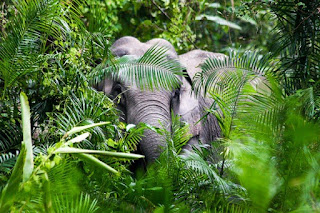wild animal in rajashtan
Thar The esert extends between the Aravalli Hills within the north-east,the good Rann of cutch on the coast and thereforDe the deposit plains of the river within the west and north-west. Most of the desert is roofed by large shifting sand dunes that receive sediments from the deposit plains and therefore the coast. The sand is extremely mobile because of robust winds occurring before the onset of the monsoon. The Luni stream is that the solely stream integrated into the desert. rain is restricted to 100–500 millimeter (3.9–19.7 in) each year, principally falling from Gregorian calendar month to Gregorian calendar month.
Salt water lakes within the Thar Desert embody the Sambhar, Kuchaman, Didwana in Rajasthan and Kharaghoda in Gujarat. These lakes receive rain water throughout monsoon and evaporate throughout the season. The salt comes by the weathering of rocks within the region.
Lithic tools happiness to the prehistoric Aterian culture of the geographic area are discovered in period deposits within the Thar Desert.
Desertification control
Greening desert with plantations of jojoba at Fatehpur, Shekhawati
Checking of shifting sand dunes through plantations of tree tortilis close to Laxmangarh city

Indira Gandhi Canal flowing in Thar Desert close to Sattasar village, Bikaner district, Rajasthan
The soil of the Thar Desert remains dry for a lot of of the year and is vulnerable to wind erosion. High rate winds blow soil from the desert, depositing some on neighboring fertile lands, and inflicting shifting sand dunes among the desert. Sand dunes square measure stabilized by building micro-windbreak barriers with scrub material and resultant conversion of the treated dunes with seedlings of shrubs like phog, senna, aperient plant and trees like gum, mesquit and lebbek tree. The 649 kilometer (403 mi) long Indira Nehru Gandhi Canal brings water to the Thar Desert.it had been planned to halt spreading of the desert to fertile areas.

There square measure few native tree species appropriate for planting within the desert, that square measure slow growing. Therefore, exotic tree species were introduced for plantation. several species of Eucalyptus, Acacia, Cassia and alternative genera from Israel, Australia, US, Russia, Zimbabwe, Chile, South American nation and Sudan are tried in Thar Desert. tree tortilis has proved to be the foremost promising species for desert conversion and therefore the jojoba is another promising species of amount found appropriate for planting in these areas.
Protected areas
There square measure many protected areas within the Thar Desert:
in Pakistan:
the NARA Desert life Sanctuary covers half-dozen,300 km2 (2,400 sq mi);
the Rann of cutch life Sanctuary.
in India:
the Desert parkland covers three,162 km2 (1,221 sq mi) and represents the Thar Desert system,it includes forty four villages.Its numerous fauna includes the good Indian wading bird (Chirotis nigricaps), blackbuck, chinkara, fox, Bengal fox, wolf, and lynx. Seashells and big ossified tree trunks during this park record the earth science history of the desert;
the Tal Chhapar Sanctuary covers seven km2 (2.7 sq mi) and is a crucial Bird space.it's situated within the Churu District, 210 kilometer (130 mi) from Jaipur, within the Shekhawati region. This sanctuary is home to an outsized population of Antilope cervicapra, fox and lynx like partridge and sand grouse;
Sundha Mata Conservation Reserve could be a protected space of 117.49 km2 (45.36 sq mi) and is found within the Jalore District.










